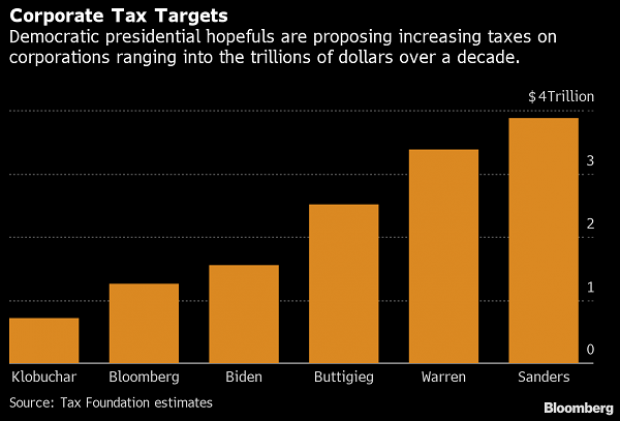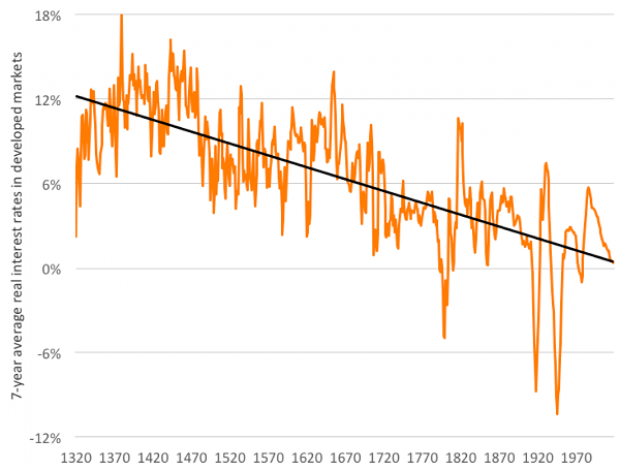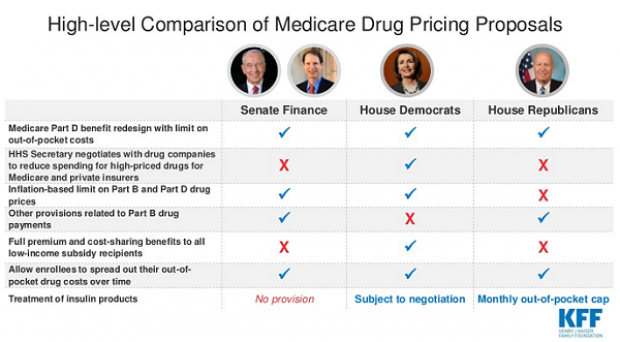More Americans Struggling to Pay the Rent
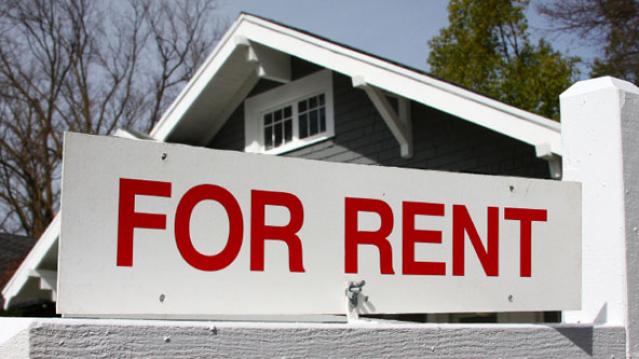
As the portion of Americans renting rather than owning their homes has grown in recent years, so has the number of Americans for whom the monthly rent check has become a burden.
In 2013, almost half of all renters were spending more than 30 percent of their income on housing, with more than a quarter paying half their income to their landlord, according the "State of the Nation’s Housing 2015" report issued today by the Harvard Joint Center for Housing Studies.
Rising rents aren’t just impacting low-income consumers. One in five renters earning $45,000-$75,000 is paying at least a third of their income in rent.
Related: There’s Only One Way Rents Will Go: Sky High
The increase in rental rates represents a byproduct of the falling home ownership rate, which dropped to 63.7 percent in the first quarter of this year, the lowest level since 1989. The rate has fallen for the past eight years and appears poised to continue its decline.
That puts the 2010s on pace to be the strongest decade for rental growth in history, and the national vacancy rate fell to just 7.6 percent, its lowest level in 20 years, according to the Harvard report. The trend reflects increased demand from millennials, as well as a growing preference for renting in households aged 45-64 and higher-income households.
Rents rose 3.2 percent last year, twice the rate of overall inflation, spurring builders to begin construction on more multi-family units than in any years since 1989. “And if job growth continues to pick up, we could see even more demand, as young adults move out of their parents’ homes and into their own apartments,” Joint Center senior research associate Daniel McCue said in a statement.
Chart of the Day: Boosting Corporate Tax Revenues
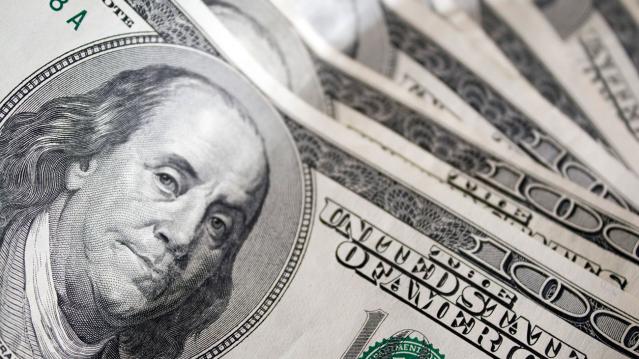
The leading candidates for the Democratic presidential nomination have all proposed increasing taxes on corporations, including raising income tax rates to levels ranging from 25% to 35%, up from the current 21% imposed by the Republican tax cuts in 2017. With Bernie Sanders leading the way at $3.9 trillion, here’s how much revenue the higher proposed corporate taxes, along with additional proposed surtaxes and reduced tax breaks, would generate over a decade, according to calculations by the right-leaning Tax Foundation, highlighted Wednesday by Bloomberg News.
Chart of the Day: Discretionary Spending Droops
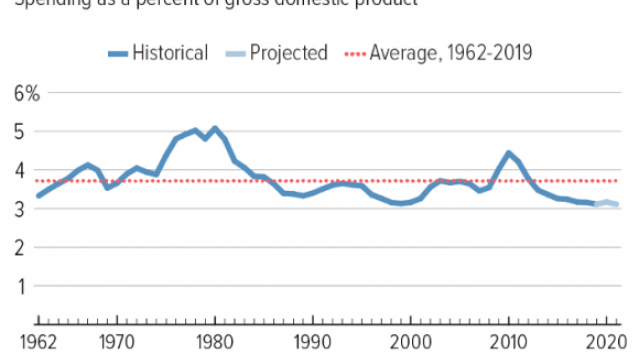
The federal government’s total non-defense discretionary spending – which covers everything from education and national parks to veterans’ medical care and low-income housing assistance – equals 3.2% of GDP in 2020, near historic lows going back to 1962, according to an analysis this week from the Center on Budget and Policy Priorities.
Chart of the Week: Trump Adds $4.7 Trillion in Debt
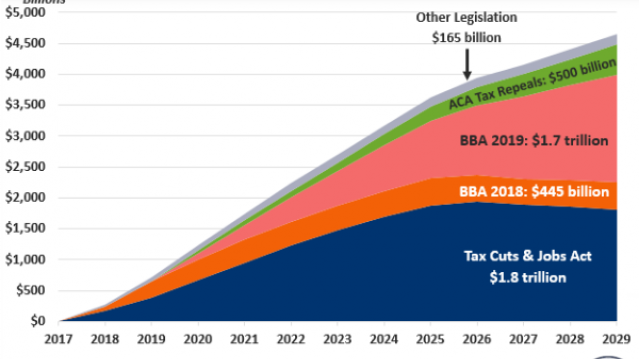
The Committee for a Responsible Federal Budget estimated this week that President Trump has now signed legislation that will add a total of $4.7 trillion to the national debt between 2017 and 2029. Tax cuts and spending increases account for similar portions of the projected increase, though if the individual tax cuts in the 2017 Republican overhaul are extended beyond their current expiration date at the end of 2025, they would add another $1 trillion in debt through 2029.
Chart of the Day: The Long Decline in Interest Rates

Are interest rates destined to move higher, increasing the cost of private and public debt? While many experts believe that higher rates are all but inevitable, historian Paul Schmelzing argues that today’s low-interest environment is consistent with a long-term trend stretching back 600 years.
The chart “shows a clear historical downtrend, with rates falling about 1% every 60 years to near zero today,” says Bloomberg’s Aaron Brown. “Rates do tend to revert to a mean, but that mean seems to be declining.”
Chart of the Day: Drug Price Plans Compared

Lawmakers are considering three separate bills that are intended to reduce the cost of prescription drugs. Here’s an overview of the proposals, from a series of charts produced by the Kaiser Family Foundation this week. An interesting detail highlighted in another chart: 88% of voters – including 92% of Democrats and 85% of Republicans – want to give the government the power to negotiate prices with drug companies.

